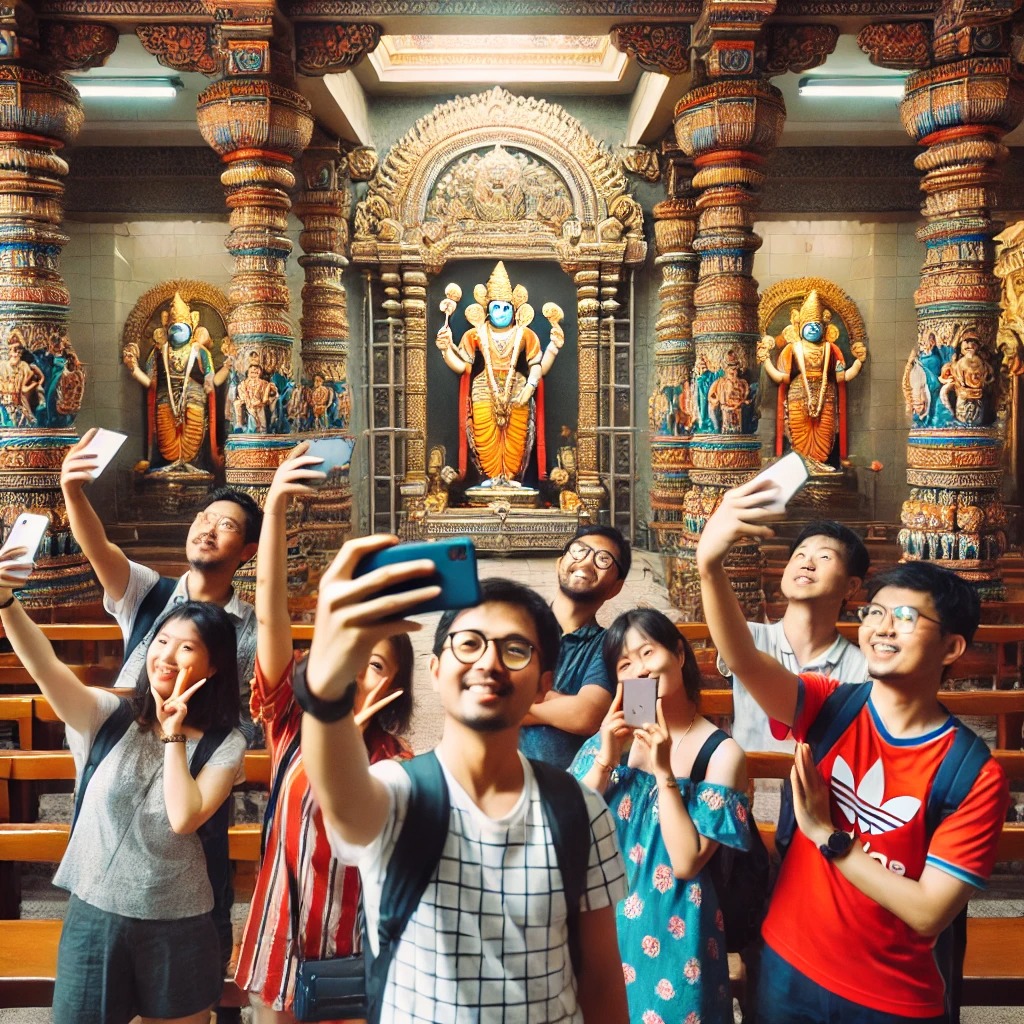Abstract -
This research examines the notion that devotion in India has become superficial and insincere. Despite being a country with deep-rooted spiritual and religious traditions, contemporary practices of devotion often appear performative rather than genuine. This study explores the historical and cultural context of Indian devotion, identifying factors such as commercialization, political exploitation, and social pressures that contribute to this trend. Through qualitative and quantitative analysis, including surveys, interviews, and case studies, the research aims to uncover the underlying causes and implications of this shift. it seeks to understand how the essence of true devotion can be restored and maintained in modern India.This research investigates the evolving nature of religious tourism in India, focusing on the trend of visiting sacred sites such as Kedarnath, Mathura, Vrindavan, and various temples as leisure trips rather than spiritual pilgrimages. Despite their historical and religious significance, these sites are increasingly perceived as picnic destinations, diluting their spiritual essence. The study explores the motivations behind this shift, examining socio-cultural, economic, and generational factors. Through surveys, interviews, and observational studies, the research aims to understand how commercialization, modernization, and changing lifestyles impact the traditional practices of pilgrimage. It seeks to provide insights into preserving the sanctity of these sites while accommodating contemporary tourist behaviors.
Key words - Religious Tourism, Spiritual Practices, Kedarnath, Mathura ,Vrindavan, Temple Visits ,india ,Socio-Cultural Change

.jpg)




.jpg)


